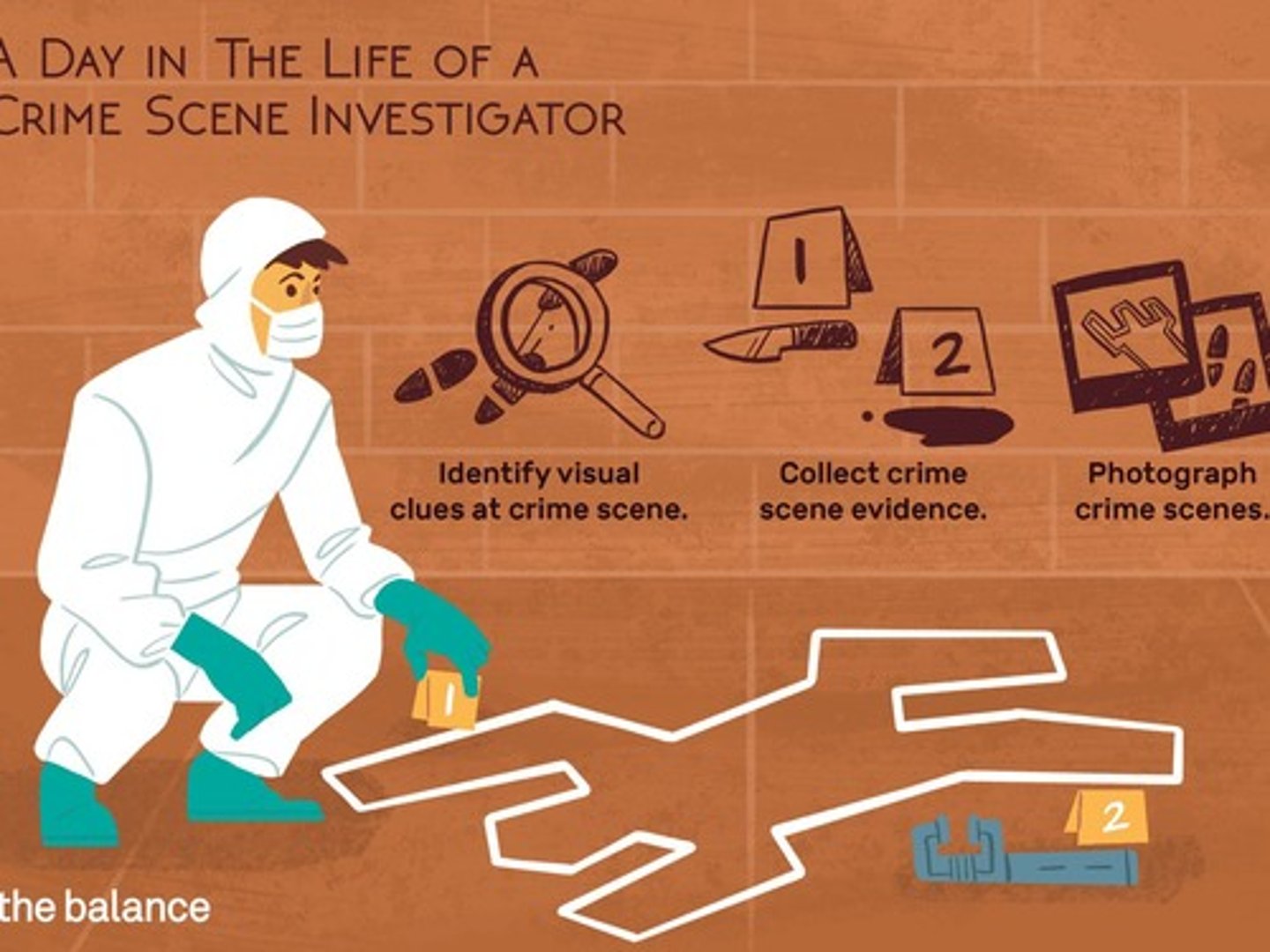Behavioural Evidence Analysis: Profiling Steps
1/22
There's no tags or description
Looks like no tags are added yet.
Name | Mastery | Learn | Test | Matching | Spaced |
|---|
No study sessions yet.
23 Terms
What is Behavioural Evidence Analysis (BEA)?
A method of profiling based on deductive reasoning that combines physical evidence, offender behavior, and victim characteristics to create a profile of a possible offender.

What are the five steps of Behavioural Evidence Analysis (BEA)?
1. Analysis of Evidence 2. Analysis of the Victim's Characteristics 3. Analysis of the Crime Scene Characteristics 4. Develop a Criminal Profile 5. Apprehension.
What is the focus of Step 1 in the BEA process?
Analysis of Evidence, which involves examining equivocal forensic evidence and considering its relevance to the crime.
What does 'equivocal' mean in the context of forensic evidence analysis?
It refers to evidence that can be interpreted in multiple ways.
What types of evidence are analyzed in Step 1 of BEA?
Crime scene photos or videos, autopsy reports, wounds, hair, fibers, fingerprints, and DNA testing.
What is victimology in the context of BEA?
The analysis of the victim's characteristics to understand why they were targeted and to build a profile of the offender.
What factors are considered in the analysis of a victim's characteristics?
Personality, age, build, marital status, and other personal traits.
What is the purpose of analyzing crime scene characteristics in Step 3 of BEA?
To determine the location and significance of the crime scene, and whether multiple sites were involved.
What is developed in Step 4 of the BEA process?
A criminal profile that lists both physiological and psychological characteristics of the potential offender.
How is the criminal profile used after it is developed in BEA?
It is provided to detectives to check against current suspects and may help identify or eliminate suspects.
What occurs in Step 5 of the BEA process?
The profile is evaluated for accuracy after an offender is apprehended by cross-checking it with the actual characteristics of the offender.
What might the presence of clear tire tracks at a crime scene indicate?
It may suggest the offender used a vehicle to transport the victim or escape from the scene.
Why is it important to analyze the victim's characteristics in BEA?
To understand how, where, when, and why a particular victim was chosen, which can provide insights into the offender.
What can the analysis of crime scene characteristics reveal about the offender?
It can provide information about the offender's motivations, methods, and potential psychological profile.
What is the significance of checking the profile for accuracy after apprehension?
It helps assess the effectiveness of the profiling method and can improve future investigations.
What might indicate that an offender is physically strong in a BEA profile?
If the victim was kidnapped or moved, suggesting the offender had the strength to carry or control the victim.
What role does forensic science play in Behavioural Evidence Analysis?
Forensic science provides the physical evidence necessary for analysis in the BEA process.
What is the outcome of a successful BEA profiling?
It leads to the identification or elimination of suspects based on the developed criminal profile.
How does victimology contribute to the understanding of a crime?
It helps identify patterns in victim selection that can inform the characteristics of the offender.
What might the analysis of a victim's living situation reveal in BEA?
It may indicate vulnerabilities that the offender exploited, such as living alone or having few social connections.
What is the importance of the crime scene analysis in determining the offender's behavior?
It helps establish the context of the crime and the offender's potential planning and execution methods.
What does the term 'apprehension' refer to in the context of BEA?
The process of capturing or arresting the suspected offender based on the developed profile.

What is the relationship between forensic evidence and victimology in BEA?
Both are critical components that inform the overall profile of the offender by providing insights into the crime and the victim.